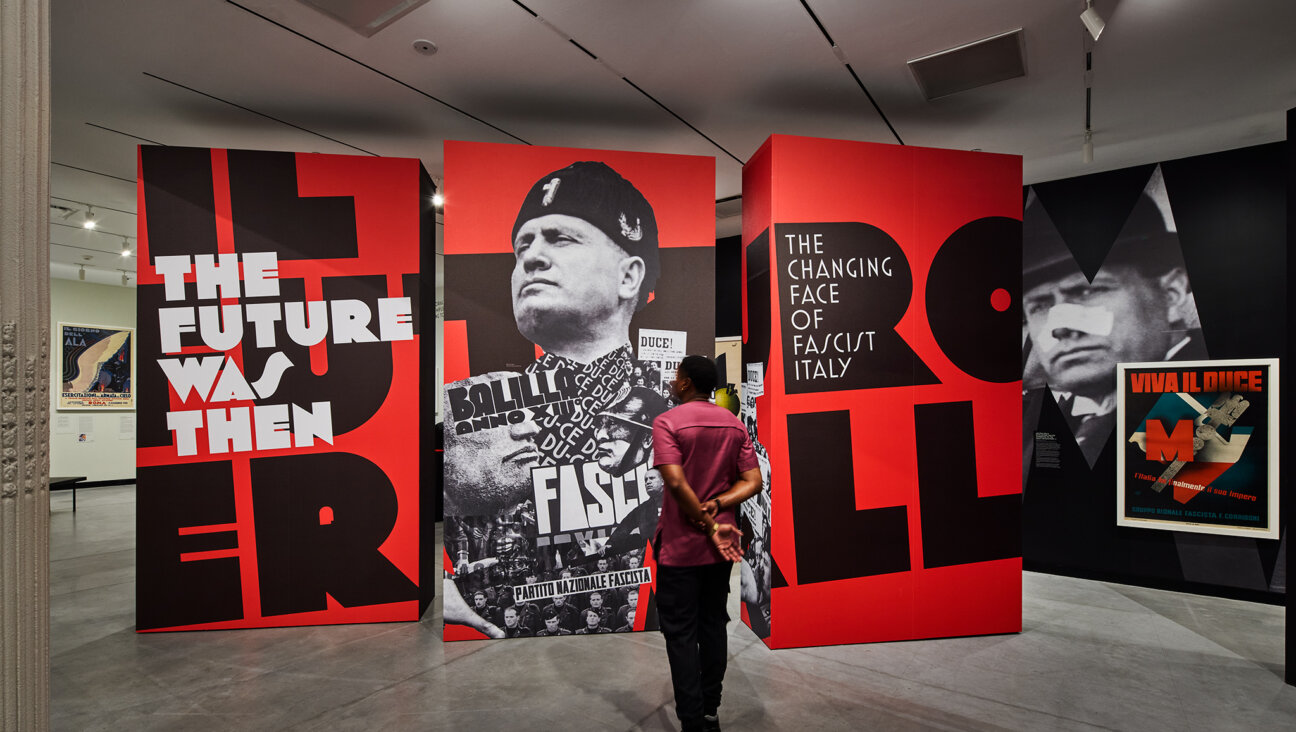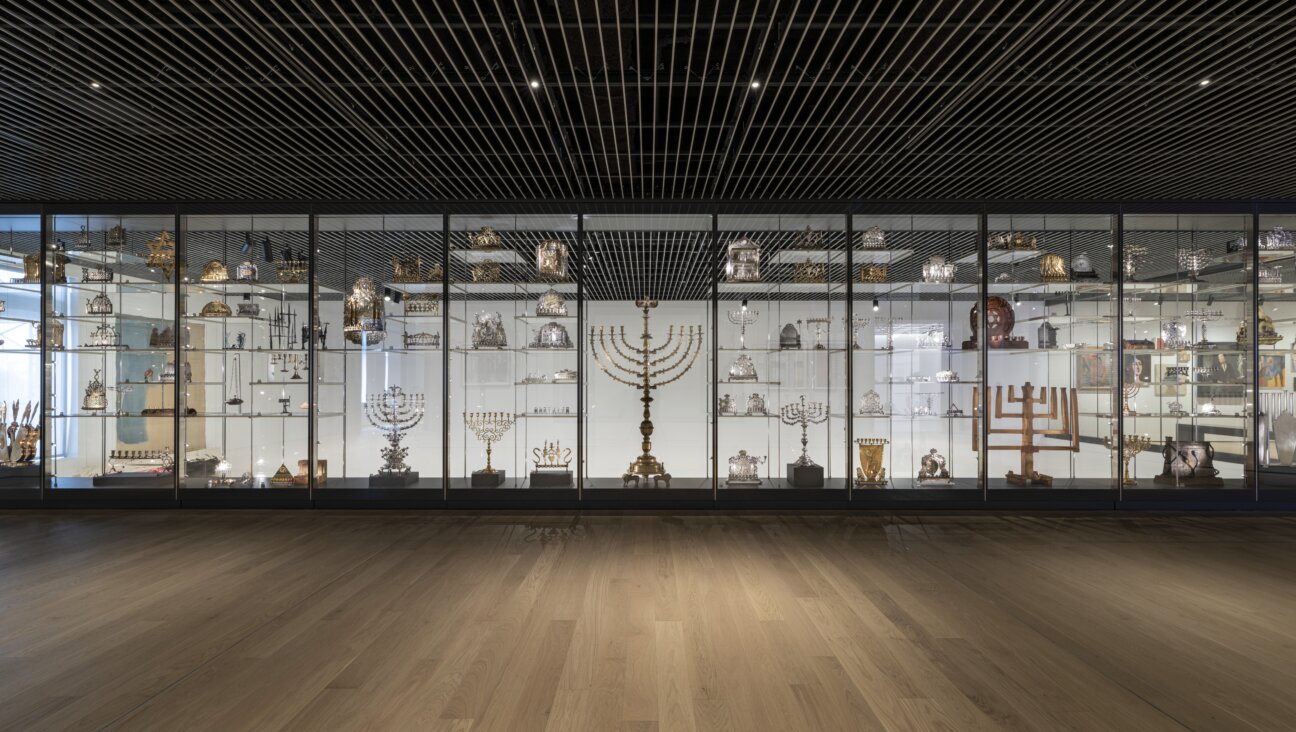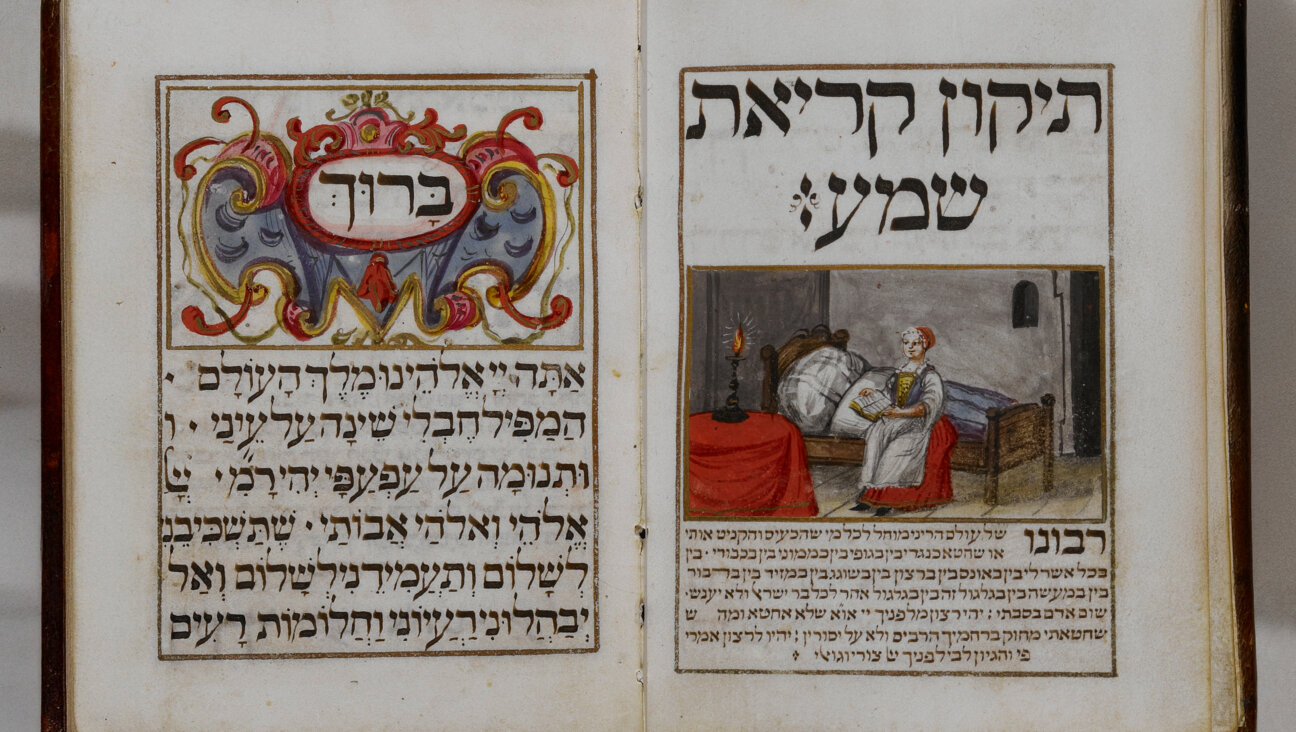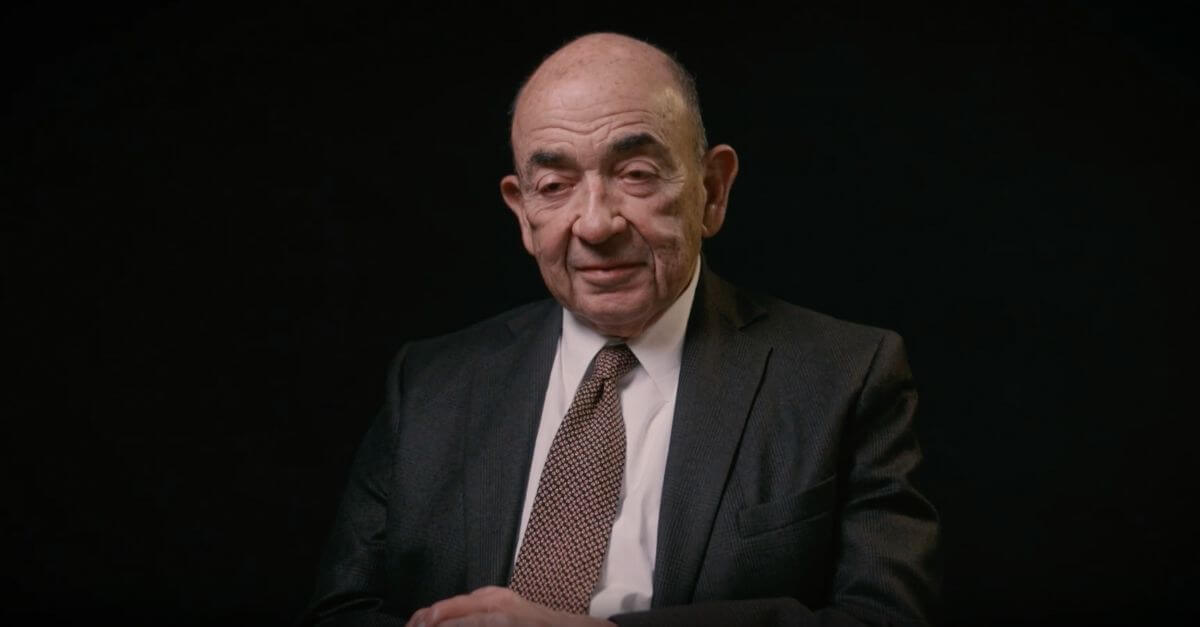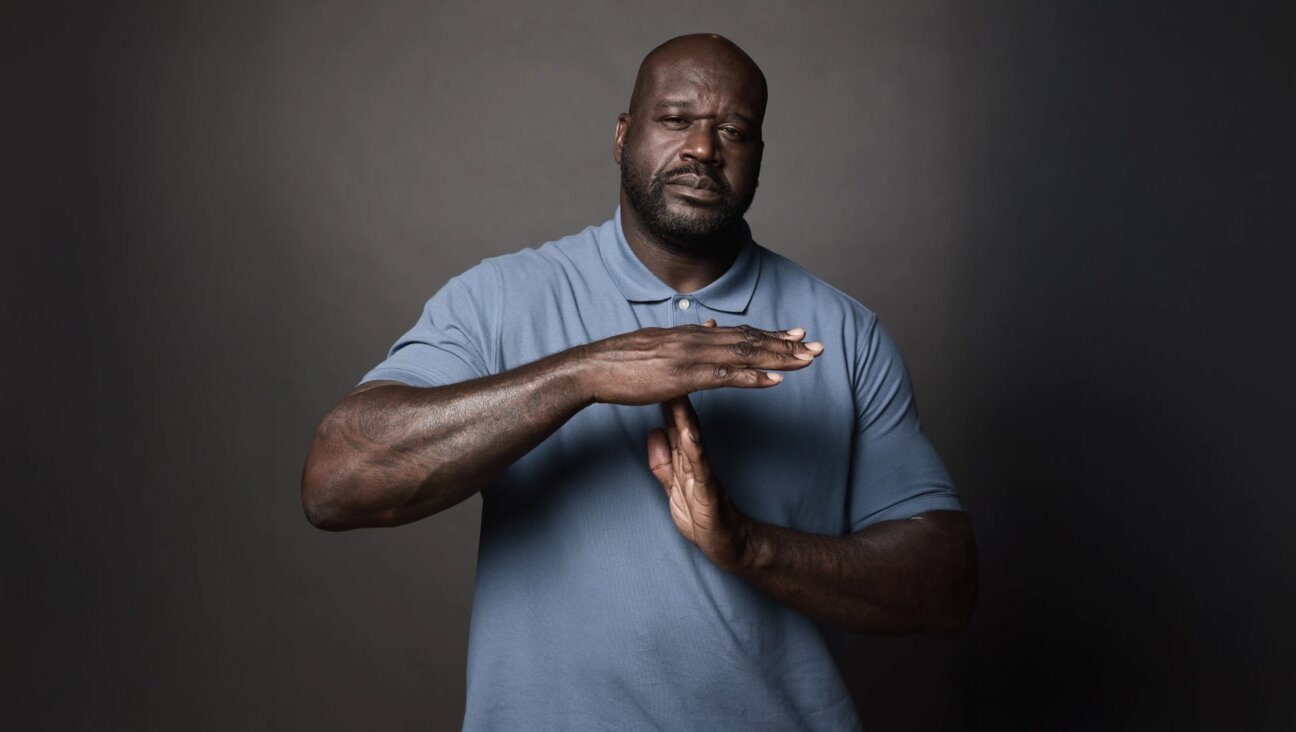Holocaust Victim And Alleged Murderer’s Solo Show Opens In Amsterdam

Image by WILDBILD/Getty Images
Although she was murdered by the Nazis at the age of 26, the prolific German-Jewish painter Charlotte Salomon managed to leave behind an enormous quantity of paintings, drawings, and sketches.
A bountiful 800 paintings comprise her magnum opus, “Life? Or Theatre?” An intensely personal depiction her life during wartime, “Life? Or Theatre?” transcends the purely diaristic, interrogating the line between experience and imagination. Its first comprehensive showing opened at Amsterdam’s Museum of Jewish History this past Friday.
A mystery haunts that exhibit: Did Salomon murder her grandfather?

Charlotte Salomon, in a 1940 self portrait. Image by Wikimedia Commons
In 2015, the French publisher Le Tripode released a book containing a complete reproduction of “Life? Or Theatre?,” including a 35-page letter in which Salomon confesses to her grandfather’s poisoning.
Addressed to her lover, Alfred Wolfson, the confession is written in all caps in a menacing reddish-brown watercolor, as if composed in dried blood. “The problem is we don’t know what’s true or not true,” the exhibition’s curator Mirjam Knotter told Artnet’s Sarah Cascone. “The whole artwork is a play of fact and fiction.”
The New Yorker’s Toni Bentley describes the portrait that the Salomon drew of the dying man as depicting “a distinguished, wizened man – his head slumped inside the collar of his bathrobe, his eyes closed, his mouth a thin slit nesting inside his voluminous beard.”
Life or theatre, indeed.
According to Cascone, Salomon was inspired to create as a means of processing and coping with the history of mental illness that decimated the women in her family; her aunt, mother, and grandmother all committed suicide. In 1938, her family left Germany for the South of France, where she obsessively chronicled her experiences. In 1943, she was arrested by the Gestapo in the beachside town of Villefranche. She died later that year in Auschwitz.
In the face of such dangers, the scope of Salomon’s achievement is all the more remarkable.
Her work contains a musical element, including notations of the tunes that she would improvise while painting. The work’s scope and complexity, interweaving painting, music and a pronounced autobiographical element, give it an immersive largess. The details accumulate to make her work a grand intermingling of art and life, documentation and invention.
“It’s very important that people know she wasn’t just painting her life,” Knotter told Artnet. “She was singing, she was using her voice.”

